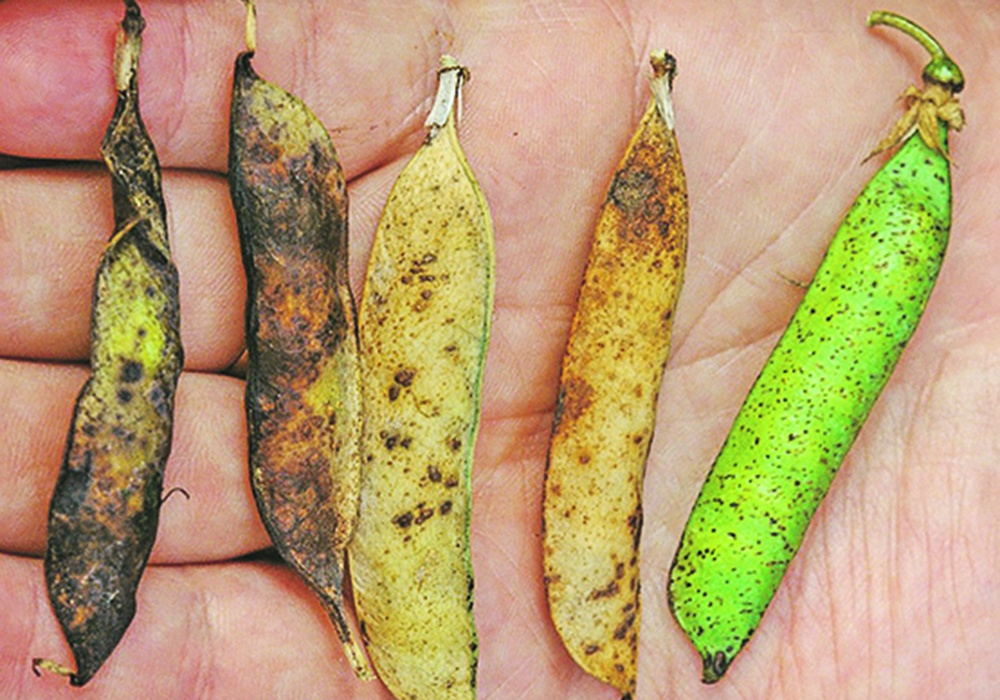Managing diseases in pulse crops depends on knowing where they are and when they’ll raise their ugly heads again
Disease has always been a problem for pulse growers and probably will remain so Ad infinitum.
At the Saskatchewan Ministry of Agriculture, plant disease specialist Alireza Akhavan has assembled an overview of the latest survey findings on pulse diseases in the province.
He made his presentation during the annual Saskatchewan Agronomy Update, to about 700 farmers who participated in the online conference from their own homes.
The 2020 field survey crews inspected more than 1,000 fields, including 68 lentil fields and 41 field pea fields. The lentil fields were subject to the general disease survey, while the field peas were also monitored for foliar and root rot diseases.
Read Also

Europe holds promise for Canadian lentils
Pulse Canada is trying to help boost lentil consumption in Europe, which is already the fourth largest market.
Akhavan explained that disease data is expressed in terms of the percentage of all crops having a disease, along with the average incidence, which is also expressed as a percentage.
Lentils
- Anthracnose was found in 84 percent of lentil fields, with an average incidence of 44 percent.
- Stemphylium blight was present in 71 percent of fields surveyed, with an average incidence of 12 percent.
- Ascochyta blight was present in 72 percent of fields surveyed, with an average incidence of 14 percent.
- Sclerotinia stem and pod rot was identified in 19 percent of lentil fields surveyed, with an average incidence of only one percent.
Field peas
- The root rot complex was found in 100 percent of field pea crops inspected, with an average incidence of 61 percent.
- Mycosphaerella blight was present in 100 percent of pea crops, with an average incidence of 83 percent.
- Bacterial blight was identified in 51 percent of fields, with an average incidence of 20 percent.
















